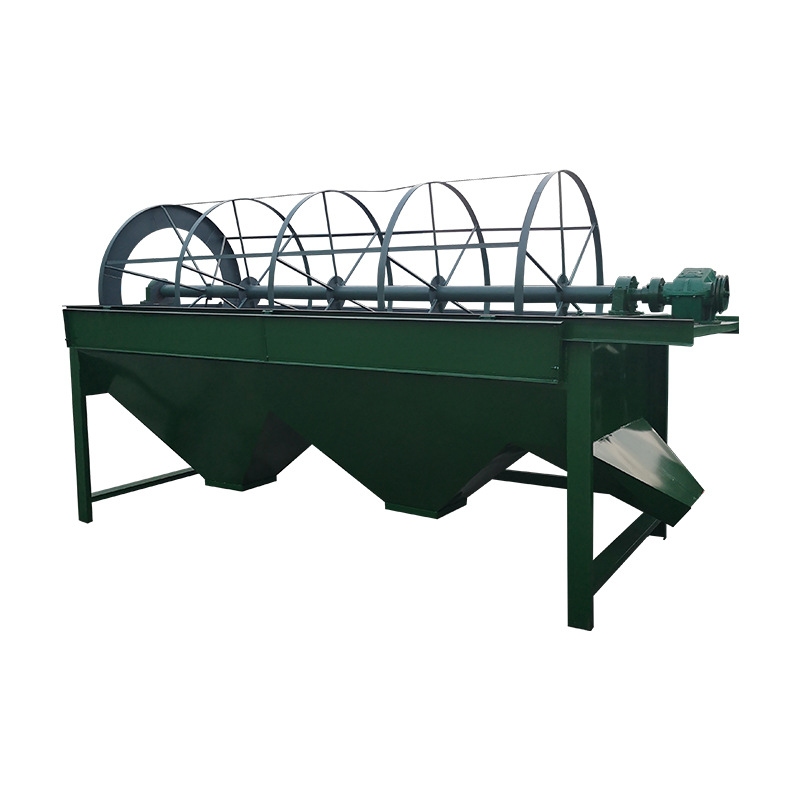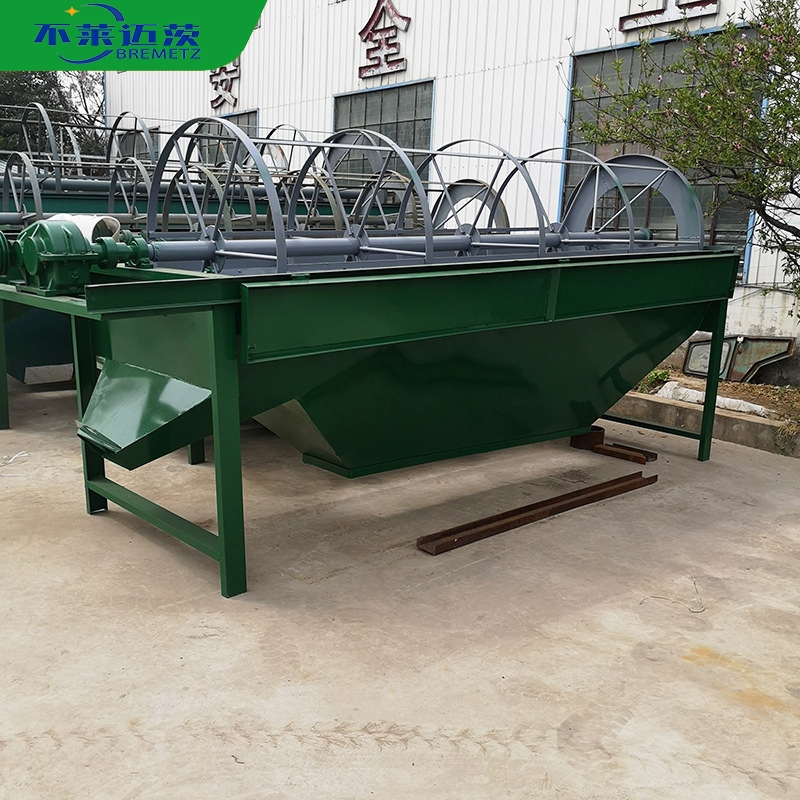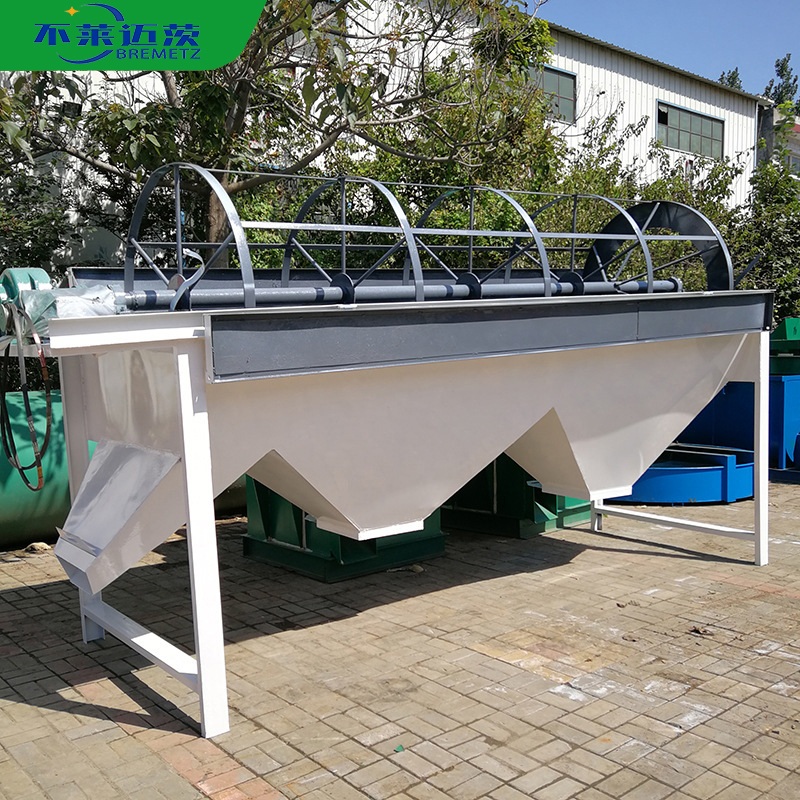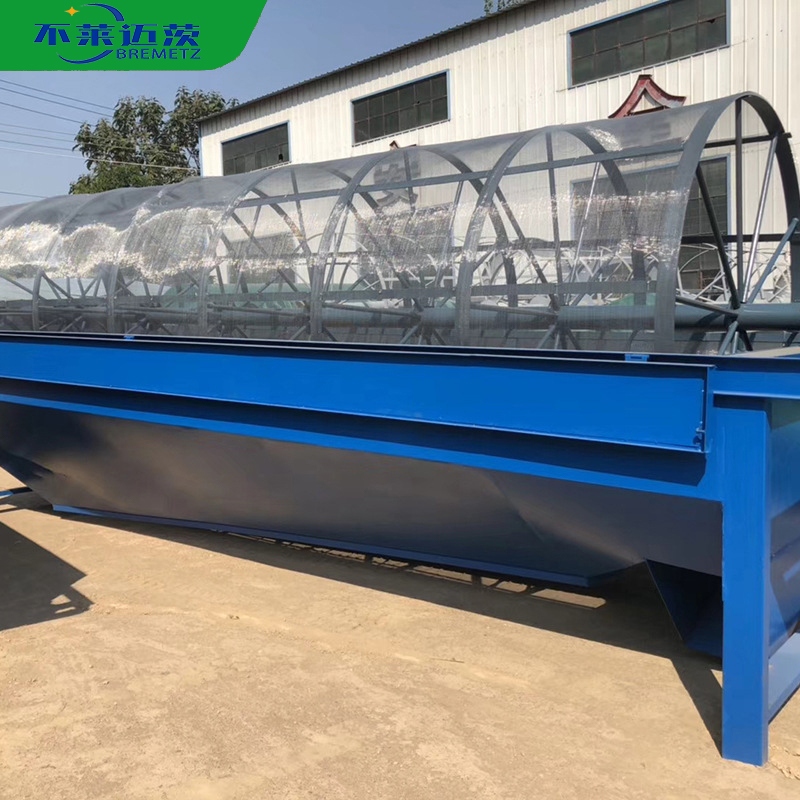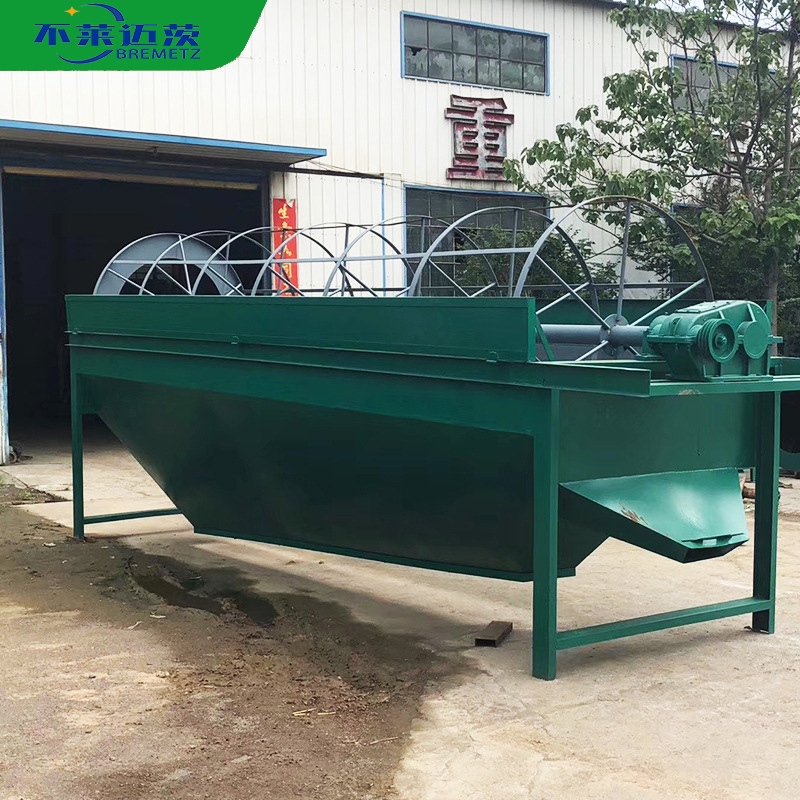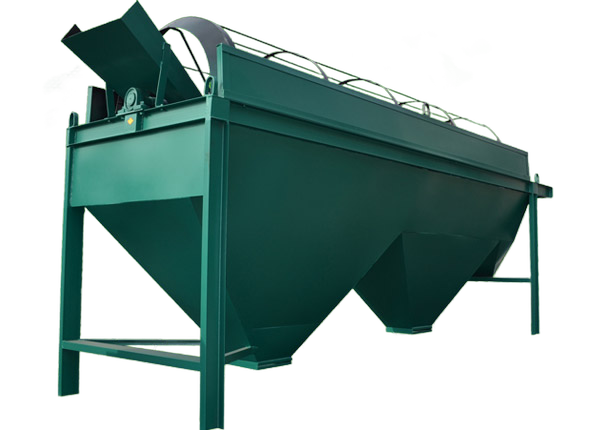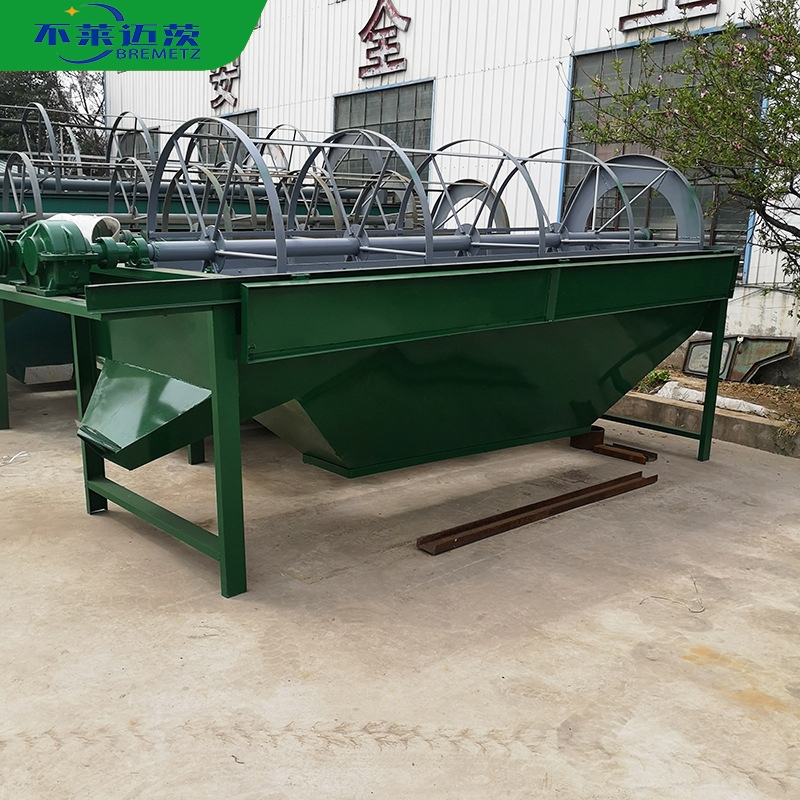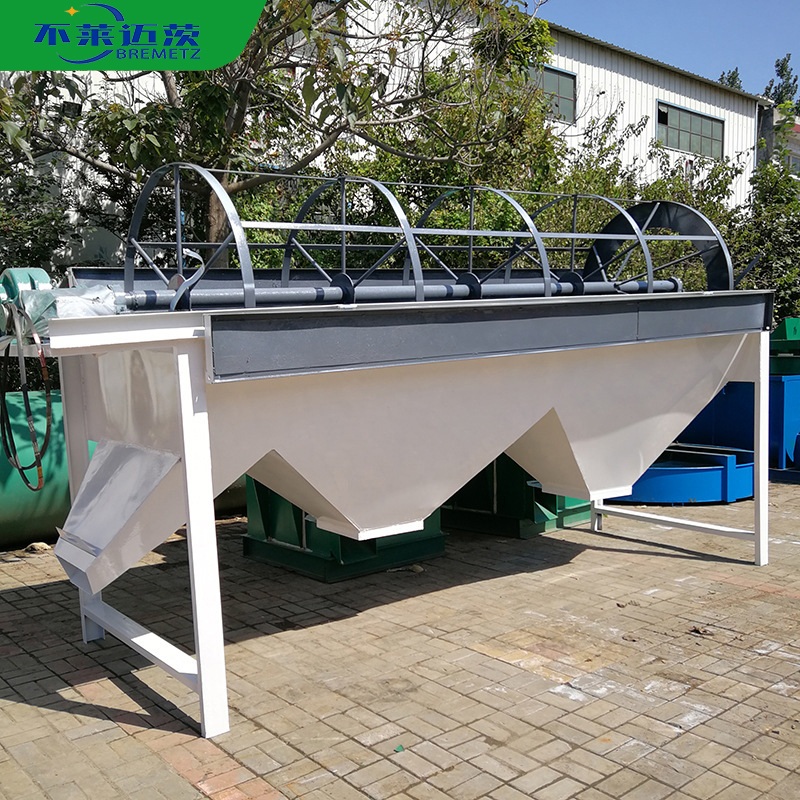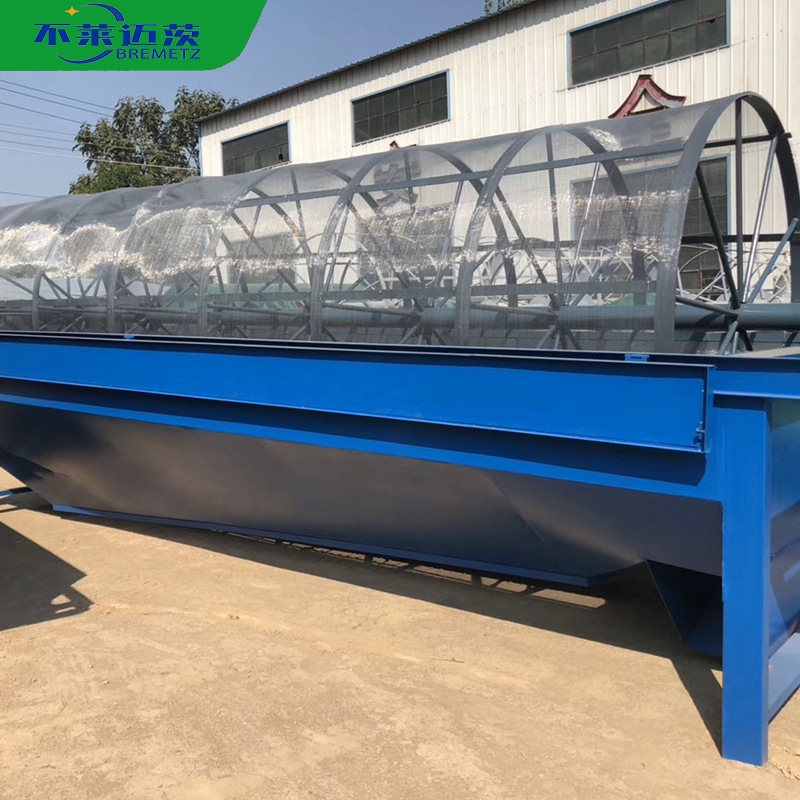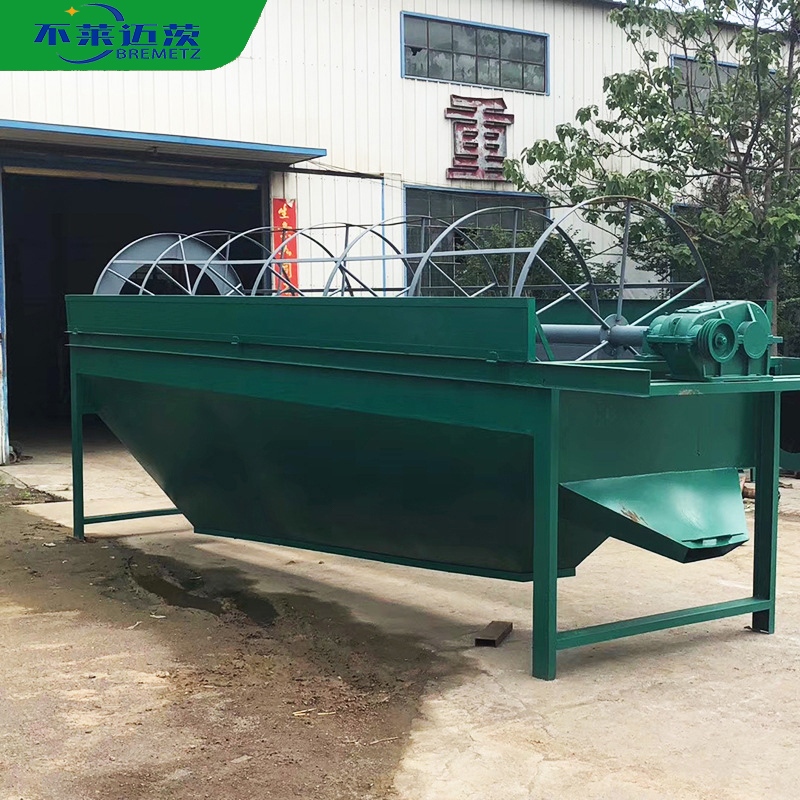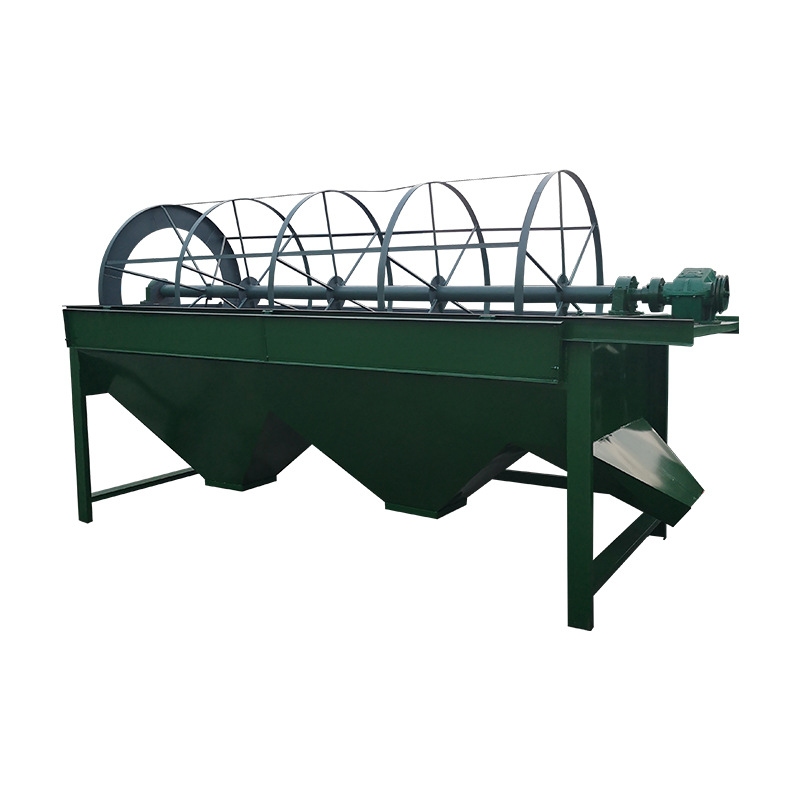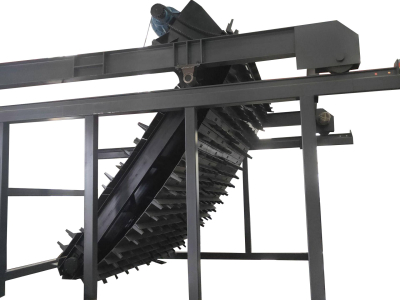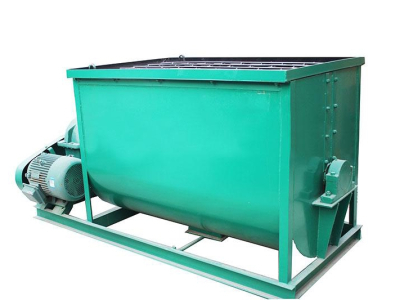Drum screening machine
1. Stable drum frame: The drum body is made of high-strength alloy steel or high-quality carbon steel and assembled through precision processes such as welding and riveting.
2. Scientific support and transmission system: Equipped with heavy rollers, rollers or bearing support structures, the drum weight is reasonably dispersed, the running friction is reduced, and smooth rotation is ensured.
3. Continuous dynamic screening: The material is dynamically screened in the continuously rotating drum. As the drum rotates, the material keeps rolling and falling, and is repeatedly screened by the screen.
4. Multi-segment screen configuration: Multiple sections of screens with different apertures can be flexibly set inside the drum according to the material characteristics and screening requirements.
5. Widely applicable material types: It can calmly cope with the screening challenges of various materials, whether it is ore, building stone, or agricultural materials, chemical raw materials, it can achieve the ideal screening effect by adjusting the parameters such as the drum speed and screen specifications.
6. Flexible adaptation to working conditions: It can work stably in different environments such as indoor workshops, open-pit mines, and construction sites, and has good tolerance to harsh conditions such as dust, humidity, and high temperature.
Drum screening machine is a common equipment in fertilizer production. It is mainly used for screening and sorting finished products and returned materials, and then realizing product grading, so that the products are evenly classified to ensure the quality and appearance required by the fertilizer. Vibrating screening machine is an efficient screening equipment, widely used in fertilizer production.
The drum screening machine uses a combined screen, which is easy to repair and replace. It has a simple structure, convenient operation, and stable operation. It is a fertilizer screening and grading equipment.
(1) The screen can be replaced at any time according to the particle size requirements.
(2) The finished product is separated from the return material to achieve grading and uniform classification of the finished product.
The drum screening machine uses rotation, vibration, shaking and other actions to separate various materials into several grades according to the particle size through the screen. The drum screening machine is composed of five parts: drum, frame, funnel, reducer, and motor. After the material enters the drum from the feed port, it is screened as the drum rotates, and on the other hand, the material with large particle size flows forward along the slope of the drum and is gradually screened out through the screens of different apertures. After being screened out, the material falls into its respective funnel and is then transported to the finished product area manually or by belt.
Drum body: This is the core component, usually made of thick carbon steel or wear-resistant alloy steel rolled and welded. Depending on the processing volume and application scenarios, the diameter can vary from 0.5 meters to several meters, and the length is also different. The drum wall is inlaid or installed with screens according to screening requirements. The screens are in various forms such as perforated plates and woven meshes. Perforated plates are suitable for processing large particles and hard materials, and woven meshes are conducive to fine screening.
Support and transmission system: The support structure includes multiple sets of supporting wheels, rollers or bearing seats. The supporting wheels fit closely with the outer wall of the drum and provide stable support to ensure the smooth rotation of the drum. The rollers are often used with tracks for large drums, and the bearing seats are mostly used for small equipment with high rotation accuracy. The transmission system is composed of motors, reducers, couplings, gears, chains or belts. The motor provides power, which is increased by speed and torque through the reducer, and then transmitted to the driving gear through the coupling to drive the drum to rotate.
Feeding and discharging device: The feed hopper is designed to be wide, mostly in the shape of a large top and a small bottom funnel, suitable for different feeding equipment. Some feed hoppers are equipped with material leveling and arch breaking devices to prevent material blockage and accumulation. Multiple discharge ports are set according to the number of screen segments, located below the drum, and equipped with adjustable valves to accurately control the discharge flow and rate of each level.
Scope of application: It is used in the mining industry for screening ores and recycling tailings; in the construction industry for screening sand, gravel, and processing construction waste; in agriculture for screening grains, seeds, and fertilizer production; in the environmental protection sector for processing sludge and classifying industrial waste; in the chemical industry for separating raw materials and controlling the particle size of finished products, etc. It has a wide range of applications.


